20 Quilting Patterns for Beginners
This article will introduce beginner quilters to 20 diverse and easy-to-follow quilting patterns, providing step-by-step guidance, tips, and inspiration to help you embark on your quilting journey with confidence. Whether you're picking up a needle for the first time or looking to refine your skills, these patterns will serve as a fantastic starting point. Quilting is not just a craft; it's an art form that allows you to express your creativity and make something beautiful. So, grab your fabric, thread, and sewing machine, and let's dive into the wonderful world of quilting!
The patchwork quilt is a classic design perfect for beginners. It involves sewing together various pieces of fabric to create a cohesive and colorful design. The beauty of patchwork lies in its versatility; you can use scraps from previous projects or buy new fabrics that catch your eye. When selecting your fabrics, consider the color palette and how the different patterns will play together. This pattern is a great way to practice your cutting and sewing skills, all while creating something uniquely yours!
The rail fence quilt is a simple yet striking pattern that can be made with just a few fabric strips. This design creates a beautiful visual effect that resembles a zigzag or a fence. Its straightforward construction makes it an excellent choice for beginners who want to build their confidence in quilting. In this section, we will discuss how to create this design using straightforward sewing techniques and color combinations.
Choosing the right fabrics for your rail fence quilt can significantly enhance its visual appeal. The combination of colors and textures can bring your quilt to life. Here are some tips to help you select the perfect fabrics:
- Color Harmony: Choose colors that complement each other. This can create a more cohesive look.
- Texture Variety: Mixing different fabric textures can add depth to your quilt.
- Print Selection: Use a mix of prints and solids to keep the design interesting.
Understanding color theory can significantly improve your fabric selection. By grasping basic concepts like complementary and analogous colors, you can make more informed choices. For instance, complementary colors sit opposite each other on the color wheel, creating a vibrant contrast. On the other hand, analogous colors are next to each other, providing a more harmonious look. Using these principles can elevate your quilt's aesthetic.
Different fabric types can affect the look and feel of your quilt. The most popular choice for quilting is cotton, known for its durability and ease of use. However, you might also consider flannel for a softer, warmer quilt or batik fabrics for vibrant colors and unique patterns. Each fabric type brings its own character to your quilt, so choose wisely!
Mastering the cutting and sewing techniques is crucial for a successful rail fence quilt. Start by measuring and cutting your fabric strips accurately. A rotary cutter and mat can make this process much easier and more precise. Once your strips are cut, arrange them in your desired pattern before sewing. This pre-planning helps visualize the final product and makes the sewing process smoother. Remember to keep your seams consistent for a polished finish!
The simple star quilt is a delightful project that introduces basic star shapes. This quilt is not only visually appealing but also a wonderful way to practice your piecing skills. We will cover the steps to create this pattern, including tips for accuracy and assembly. The star shapes can be arranged in various layouts, making each quilt unique.
Exploring different star variations can add uniqueness to your quilt. From classic five-pointed stars to more intricate designs, the options are endless. Incorporating different star designs can also be a fun way to challenge yourself and improve your skills!
Efficient assembly is key to a successful quilting project. To streamline the process, consider sewing all the star points first, then assembling the blocks together. This method can save time and ensure a more organized workflow. Keep your workspace tidy, and don’t forget to press your seams flat for a clean finish!
The nine patch quilt offers a simple yet effective way to practice quilting skills. This timeless pattern consists of nine squares arranged in a grid and is perfect for beginners. It’s a great way to experiment with different fabric combinations and learn the basics of piecing.
The log cabin quilt is a versatile design that allows for creativity. With its distinctive block structure, you can play with colors and layouts to create a stunning visual effect. This pattern is not only easy to follow but also provides a fantastic opportunity to use up fabric scraps!
The flying geese quilt introduces a dynamic pattern that is perfect for practicing triangle piecing. This design can add a touch of elegance to your quilting projects and can be adapted for various sizes. We will cover the techniques needed to create this eye-catching design.
The disappearing nine patch quilt is a fun twist on the classic nine patch design. By cutting and rearranging the blocks, you can create a completely different look. This section will guide you through the steps to transform this pattern into something new and exciting!
Creating baby quilts is a rewarding project for beginners. These small quilts are perfect for gifting to new parents or as keepsakes. We will highlight simple patterns that are perfect for this purpose, ensuring you create something special for a little one.
Seasonal quilts allow you to celebrate different times of the year. From festive holiday designs to spring-themed patterns, the possibilities are endless. Here, we will explore easy patterns that can be adapted for various holidays and seasons, adding a personal touch to your home decor!
Q: What is the best fabric for beginners?
A: Cotton is highly recommended for beginners due to its durability and ease of handling.
Q: How do I choose a quilting pattern?
A: Start with simpler patterns and gradually work your way up to more complex designs as you gain confidence.
Q: Can I use fabric scraps for quilting?
A: Absolutely! Using fabric scraps is a great way to save money and create a unique quilt.
Q: How long does it take to complete a quilt?
A: The time it takes to complete a quilt varies based on the pattern's complexity and your sewing speed, but beginners can typically finish a simple quilt in a weekend.
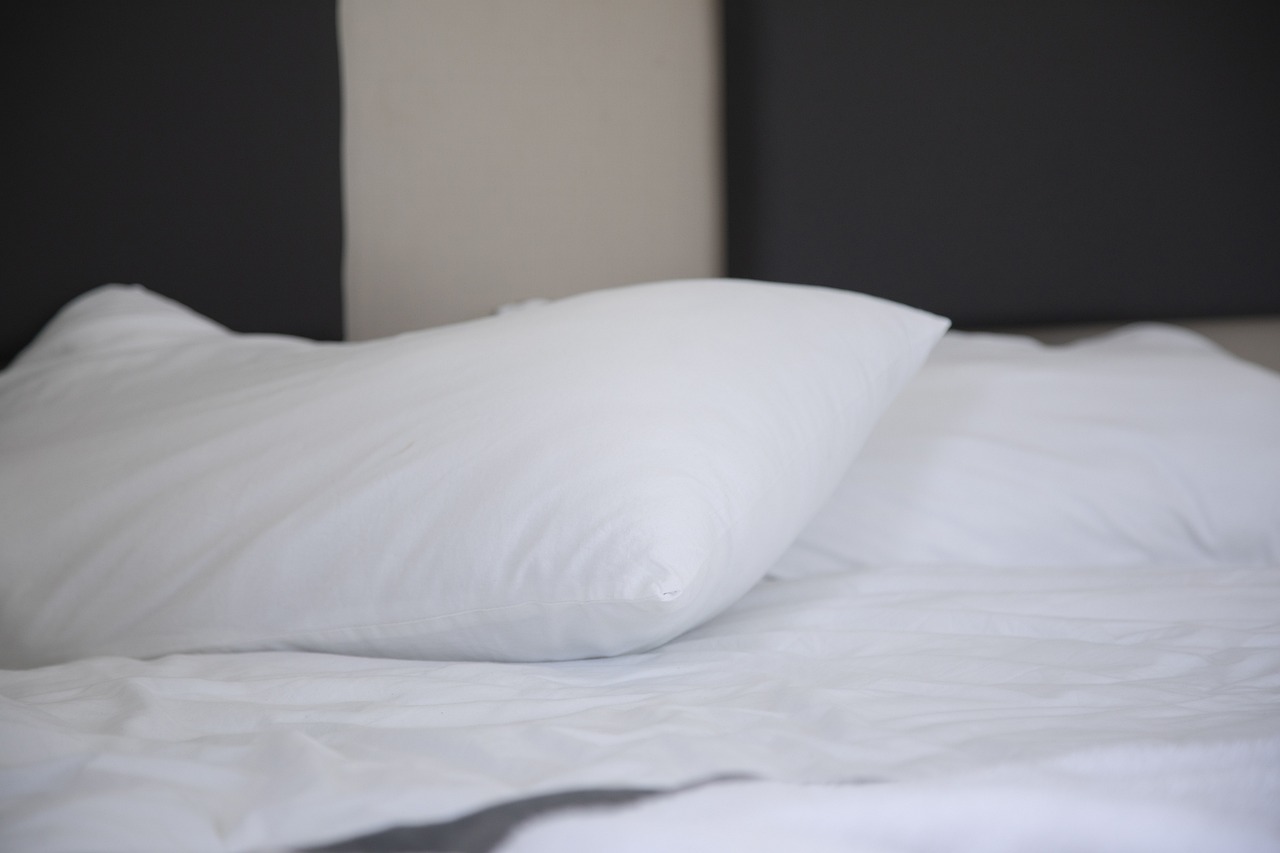
1. Patchwork Quilt
The patchwork quilt stands as a timeless emblem of quilting, making it an ideal starting point for beginners. With its vibrant squares and diverse fabric combinations, this design not only showcases your creativity but also helps you hone your quilting skills. Imagine piecing together various fabrics, each square telling a different story, creating a beautiful tapestry that reflects your unique style. The beauty of the patchwork quilt lies in its simplicity and versatility, making it a favorite among both novice and experienced quilters alike.
When embarking on your patchwork journey, it's essential to consider a few key elements:
- Fabric Selection: Choose a mix of colors and patterns that resonate with you. Don't shy away from experimenting with different textures and prints!
- Layout Planning: Before sewing, lay out your squares on a flat surface to visualize how they will come together. This step can help you avoid surprises later on.
- Seam Allowance: Consistency is crucial! A standard seam allowance of 1/4 inch is recommended to ensure your squares align perfectly.
To get started, gather your materials:
| Materials | Description |
|---|---|
| Fabric | Choose cotton fabric for its durability and ease of handling. |
| Rotary Cutter | A rotary cutter makes cutting squares quick and precise. |
| Cutting Mat | A self-healing cutting mat protects your surfaces and extends the life of your blades. |
| Quilting Ruler | A clear ruler helps ensure your cuts are straight and accurate. |
| Sewing Machine | Your trusty sewing machine will be your best friend in this project! |
Once you have your materials, the next step is to cut your fabric into squares. A common size for patchwork squares is 5 inches, but feel free to adjust according to your design preferences. After cutting, start sewing your squares together in rows. This is where the magic happens! As you sew, remember to press your seams open or to one side for a flatter finish. This attention to detail will pay off when it's time to quilt the layers together.
Finally, don't forget to add your personal touch! Consider incorporating embellishments like buttons or embroidery to make your patchwork quilt truly one-of-a-kind. With every stitch, you’ll not only create a functional item but also a cherished keepsake filled with memories and warmth.
As you embark on your patchwork quilting adventure, remember that practice makes perfect. Enjoy the process, learn from any mistakes, and most importantly, have fun! This project is all about expressing yourself and enjoying the journey of creation.
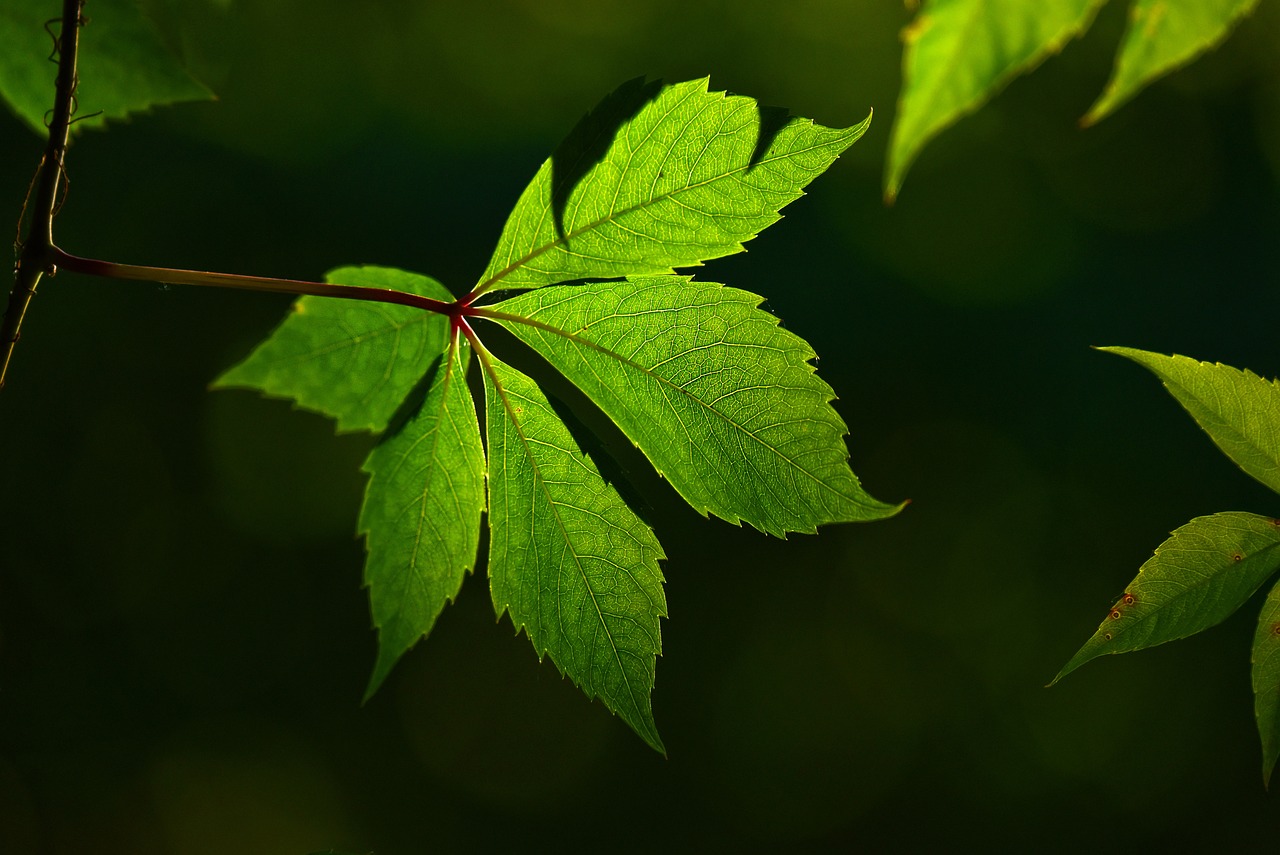
2. Rail Fence Quilt
The rail fence quilt is not only a classic design but also an incredibly accessible pattern for beginners. Imagine a beautiful, layered fence made of colorful fabric strips, creating a stunning visual effect that's both simple and striking. This quilt pattern typically features diagonal lines that give it a dynamic appearance, making it perfect for quilters who want to explore their creativity without feeling overwhelmed. The beauty of the rail fence quilt lies in its versatility; you can use a single color palette for a cohesive look or mix and match fabrics for a more eclectic vibe. The choice is yours!
To start your rail fence quilt, you’ll need to gather your materials. The fabric selection can significantly impact the overall look of your quilt. You might consider using cotton fabric, as it’s easy to work with and comes in a plethora of colors and patterns. Once you have your fabric, the cutting process begins. It’s essential to measure your strips accurately; typically, they should be around 2.5 inches wide, but feel free to adjust this based on your design preferences. After cutting, arrange the strips in the order you want them to appear in the quilt, and don’t hesitate to play around with different layouts until you find one that speaks to you.
Next, let's dive into the sewing techniques. Start by sewing your fabric strips together in sets of three to create a block. Once you’ve sewn your strips, press the seams open to ensure a flat surface, making it easier to sew the blocks together later. The magic happens when you start assembling these blocks into rows. You can create a traditional rail fence look by alternating the direction of the strips or keep them all aligned for a more uniform appearance. The choice is yours, and this flexibility allows you to express your unique style.
As you work on your quilt, remember that the joy of quilting lies not just in the finished product but in the process itself. Take your time, enjoy the rhythm of cutting and sewing, and don’t be afraid to experiment. This quilt is a fantastic way to practice your sewing skills, and every stitch brings you one step closer to a beautiful creation. Plus, once you’ve mastered the rail fence quilt, you’ll have the confidence to tackle more complex patterns in the future!
Now, let’s address some common questions that beginners might have about the rail fence quilt:
- What is the best fabric for a rail fence quilt? Cotton fabric is highly recommended due to its durability and ease of use.
- How long does it take to complete a rail fence quilt? Depending on your experience and the quilt size, it can take anywhere from a few hours to a couple of days.
- Can I use scraps for this quilt? Absolutely! The rail fence quilt is perfect for using up fabric scraps and creating a unique, scrappy look.
In conclusion, the rail fence quilt is a fantastic project that combines simplicity with the potential for creativity. Whether you’re making it for yourself or as a gift, this quilt will surely bring warmth and joy. So grab your fabric, fire up your sewing machine, and start creating something beautiful today!
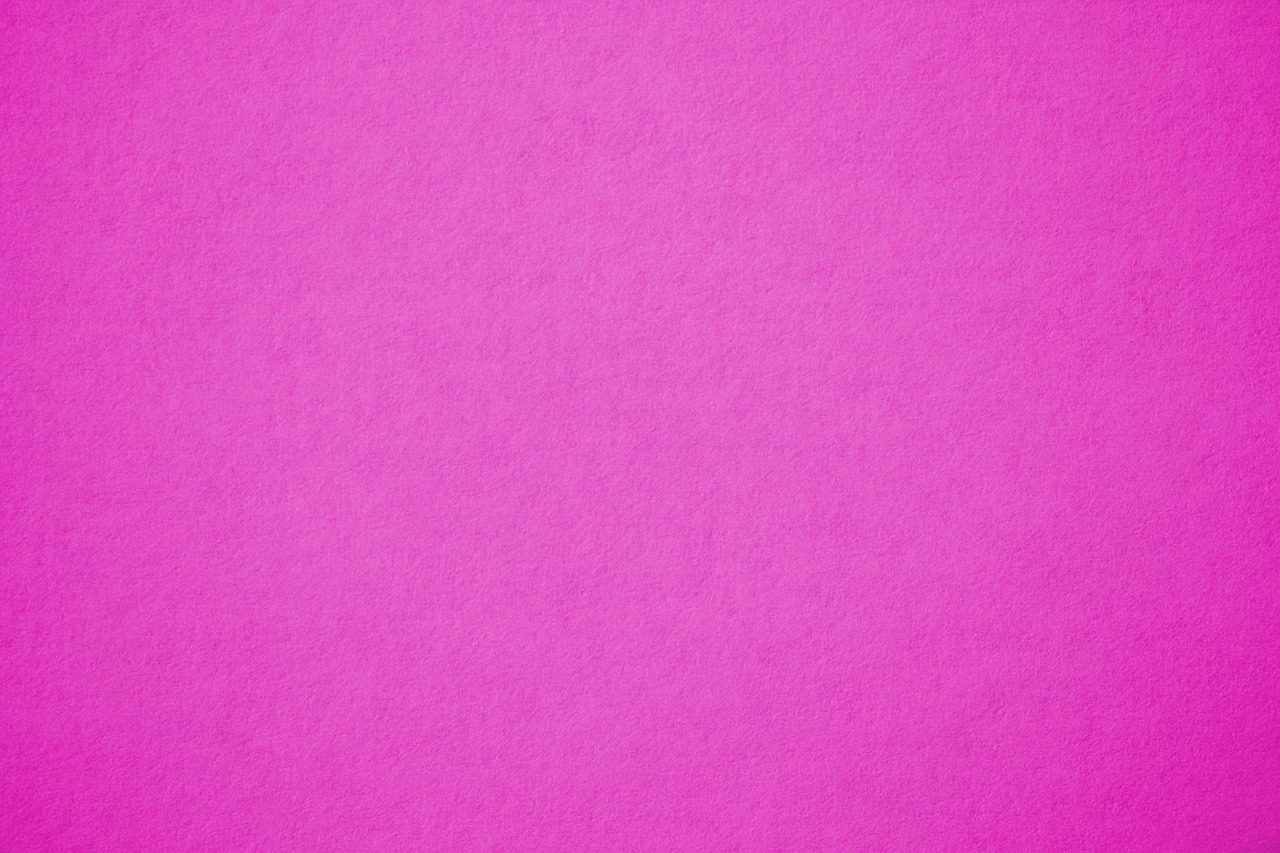
2.1. Fabric Choices
When it comes to quilting, the fabric you choose can make or break your project. Selecting the right materials isn't just about aesthetics; it's about creating a quilt that feels good and stands the test of time. For beginners, understanding the various fabric options available is crucial. Let's dive into some essential fabric types and how they can enhance your quilting experience.
Cotton is the most popular choice among quilters, and for good reason! It's durable, easy to sew, and comes in a vast array of colors and patterns. If you're looking for something that feels soft yet holds its shape well, cotton should be your go-to fabric. It's also widely available, making it easy to find the perfect prints for your project.
Another great option is flannel. This fabric is perfect for those cozy quilts that you want to snuggle up with on a chilly evening. Flannel is especially great for baby quilts, as it provides warmth and comfort. However, keep in mind that flannel can stretch more than cotton, so you'll want to be cautious when cutting and sewing.
For a more unique touch, consider using batik fabrics. These hand-dyed fabrics offer vibrant colors and intricate designs that can add a splash of personality to your quilt. The beauty of batik is that each piece is one-of-a-kind, making your quilt truly special. Just remember, batik can be a bit thicker than standard cotton, so adjust your sewing techniques accordingly.
To help you visualize your options, here's a quick comparison of the most common fabric types:
| Fabric Type | Characteristics | Best For |
|---|---|---|
| Cotton | Durable, easy to sew, wide variety | All types of quilts |
| Flannel | Soft, warm, stretchy | Baby quilts, cozy blankets |
| Batik | Unique designs, vibrant colors | Decorative quilts, special projects |
In addition to fabric types, consider the color palette you want to work with. The colors you choose can evoke different emotions and set the mood for your quilt. For instance, warm colors like reds and oranges can create a feeling of warmth and comfort, while cool colors like blues and greens can bring about calmness and tranquility. Don't hesitate to mix and match colors, but be mindful of the overall balance. A well-thought-out color scheme can elevate your quilt from ordinary to extraordinary!
Finally, remember to think about the texture of your fabrics. Mixing different textures can add depth and interest to your quilt. Imagine a quilt that combines smooth cotton with soft flannel and textured batik—it's like a feast for the senses! Just be sure to choose fabrics that complement each other in both color and feel to create a harmonious design.
In summary, the fabric choices you make can significantly impact the look and feel of your quilt. By understanding the characteristics of different fabric types, considering your color palette, and mixing textures, you can create a beautiful and unique quilting project that you'll be proud to showcase. So, grab your fabric swatches, unleash your creativity, and let your quilting journey begin!
- What is the best fabric for beginners? Cotton is widely recommended for beginners due to its ease of use and availability.
- Can I mix different types of fabric? Yes! Mixing different types of fabrics can add interest to your quilt, but be mindful of their characteristics.
- How do I choose colors for my quilt? Consider using a color wheel to understand complementary and analogous colors that work well together.
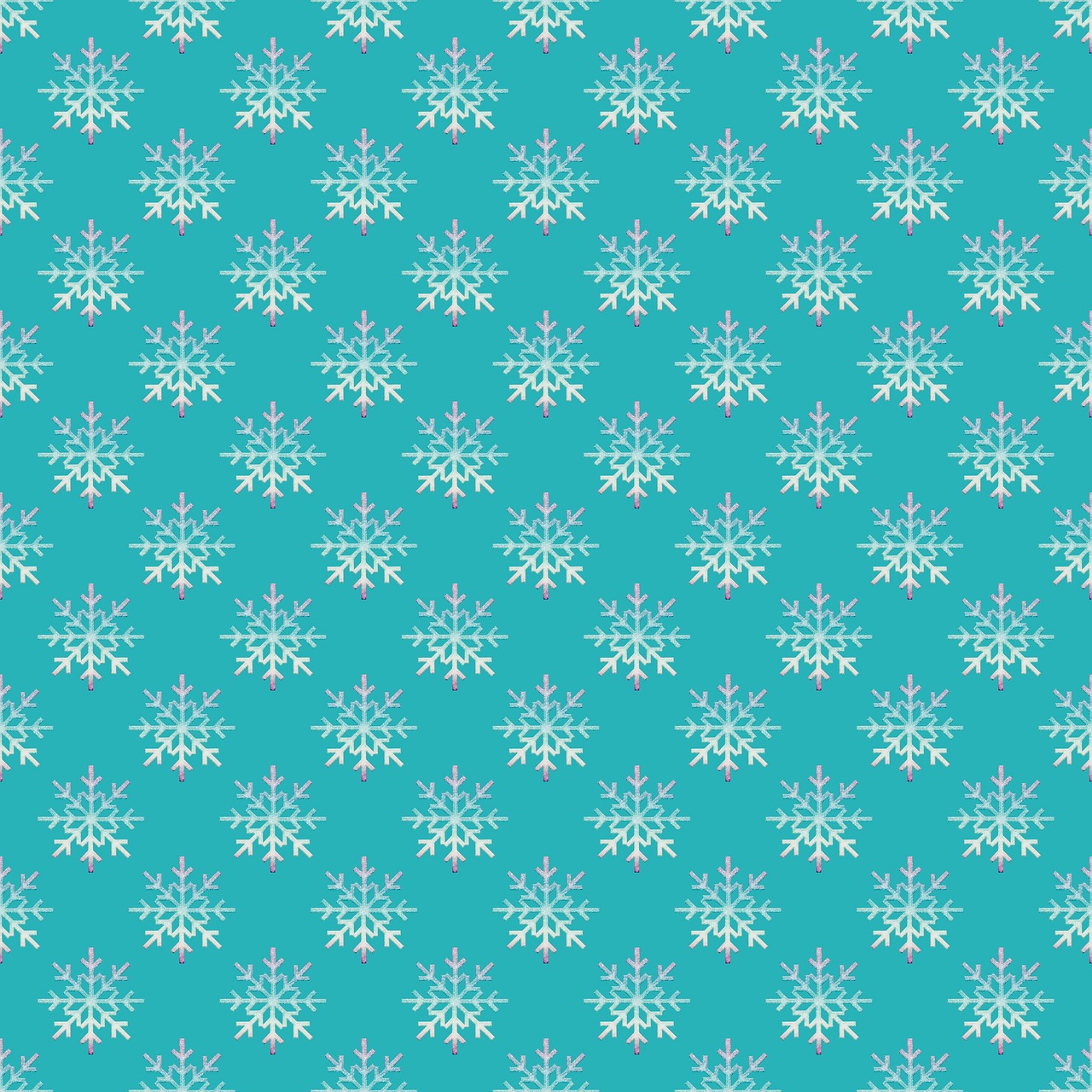
2.1.1. Color Theory Basics
When diving into the world of quilting, understanding color theory is like having a secret map that guides you through the vibrant landscape of fabric choices. Color theory helps you make informed decisions about which fabrics to pair together, ensuring your quilt not only looks good but feels right too. At its core, color theory revolves around the color wheel, which is divided into primary, secondary, and tertiary colors. This wheel serves as a visual guide to help you comprehend how colors interact with one another.
One of the most fundamental concepts in color theory is the idea of complementary colors. These are colors that are located directly opposite each other on the color wheel. For example, pairing blue with orange creates a striking contrast that can make your quilt pop. On the other hand, analogous colors sit next to each other on the wheel, such as blue, blue-green, and green. These hues create a harmonious and soothing effect, perfect for a quilt that aims to evoke calmness.
To help you visualize these concepts, consider the following table that outlines some basic color combinations:
| Color Type | Example Colors | Effect |
|---|---|---|
| Complementary | Blue & Orange | High contrast and vibrancy |
| Analogous | Blue, Blue-Green, Green | Harmonious and calming |
| Triadic | Red, Yellow, Blue | Balanced and vibrant |
Another essential aspect of color theory is the use of warm and cool colors. Warm colors like red, orange, and yellow evoke feelings of warmth and energy, making them great for quilts intended to be lively and inviting. In contrast, cool colors such as blue, green, and purple tend to evoke a sense of tranquility and calmness. When selecting fabrics, think about the mood you want to convey with your quilt. Do you want it to be a cozy, warm blanket for chilly nights or a refreshing throw for summer afternoons?
Additionally, don't forget about the importance of contrast. Using fabrics with varying values—light and dark shades—can add depth and interest to your quilt. Imagine a quilt made entirely of light colors; it may look flat and lackluster. However, by incorporating darker shades, you create a more dynamic visual experience that draws the eye. Remember, quilting is not just about sewing pieces together; it's about creating a piece of art that tells a story through color.
In conclusion, mastering the basics of color theory will not only enhance your fabric selection but also elevate your overall quilting experience. So, the next time you find yourself in a fabric store, take a moment to consider the color wheel and how you can use these principles to create stunning quilts that reflect your personal style and vision.
- What is color theory? Color theory is the study of how colors interact, and it helps quilters choose fabrics that work well together.
- Why is it important for quilting? Understanding color theory can enhance the visual appeal of your quilt, making it more striking and cohesive.
- What are complementary colors? Complementary colors are those that are opposite each other on the color wheel, creating high contrast when used together.
- How can I create a calming quilt? Use analogous colors or cool colors to evoke a sense of tranquility in your quilt design.
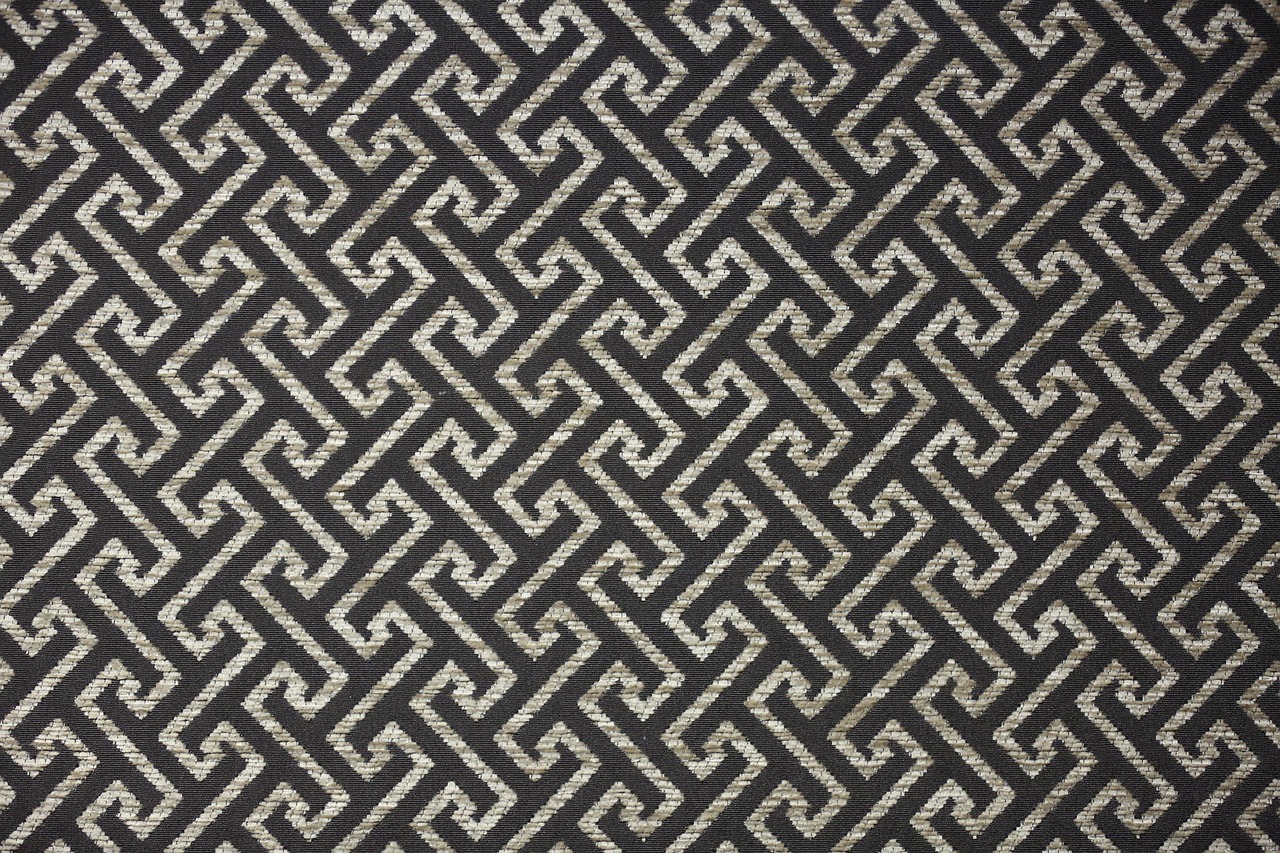
2.1.2. Fabric Types
When it comes to quilting, the type of fabric you choose can make all the difference in the world. It's not just about picking something pretty; it's about selecting materials that will enhance the durability and aesthetic of your quilt. Let's dive into some of the most popular fabric types that are perfect for your quilting projects.
Cotton is the most commonly used fabric in quilting, and for good reason! It's versatile, easy to work with, and comes in an endless array of colors and patterns. Cotton fabric is breathable and has a natural softness, making it ideal for quilts that will be used for cuddling or decoration. When selecting cotton, look for quilting cotton, which is specifically designed to withstand the rigors of piecing and quilting.
Flannel is another fabulous option, especially for cozy quilts. This fabric is soft, warm, and perfect for winter projects. Flannel can add a wonderful texture to your quilt and is often used in baby quilts or for anyone who loves a snuggly feel. However, keep in mind that flannel can stretch a bit more than cotton, so it requires careful handling during cutting and sewing.
For those looking to add a bit of shine, consider using satin or silk. These fabrics can elevate the look of your quilt, giving it a luxurious finish. However, they can be tricky to work with due to their slippery nature. If you're feeling adventurous, try incorporating these fabrics into your quilt for a stunning effect, but be prepared for a little extra challenge.
Batiks are another unique fabric type worth mentioning. These hand-dyed fabrics are known for their vibrant colors and intricate patterns. The dyeing process gives batiks a beautiful depth and texture that can make your quilt stand out. They are typically made from 100% cotton, making them a great choice for quilting, but their unique patterns can sometimes make it difficult to match with other fabrics, so choose wisely!
Lastly, if you're looking for something durable and easy to care for, consider canvas or denim. These heavier fabrics can add a unique touch to your quilt, especially for outdoor or rustic-themed projects. Just keep in mind that they require a bit more effort to sew due to their thickness, but the results can be incredibly rewarding.
In summary, the fabric types you choose can significantly influence the overall look and feel of your quilt. Whether you opt for the classic comfort of cotton, the cozy warmth of flannel, or the luxurious touch of satin, each fabric brings its own charm to your quilting journey. Don't be afraid to experiment with different materials to find the perfect combination that resonates with your creative vision!
- What is the best fabric for beginners? Cotton is the best choice for beginners due to its ease of use and availability.
- Can I mix different fabric types in one quilt? Yes, but be mindful of how different fabrics behave when sewing together, especially regarding stretching and thickness.
- How do I care for my quilt after it's finished? Most quilts can be machine washed on a gentle cycle, but always check the care label of your fabric.
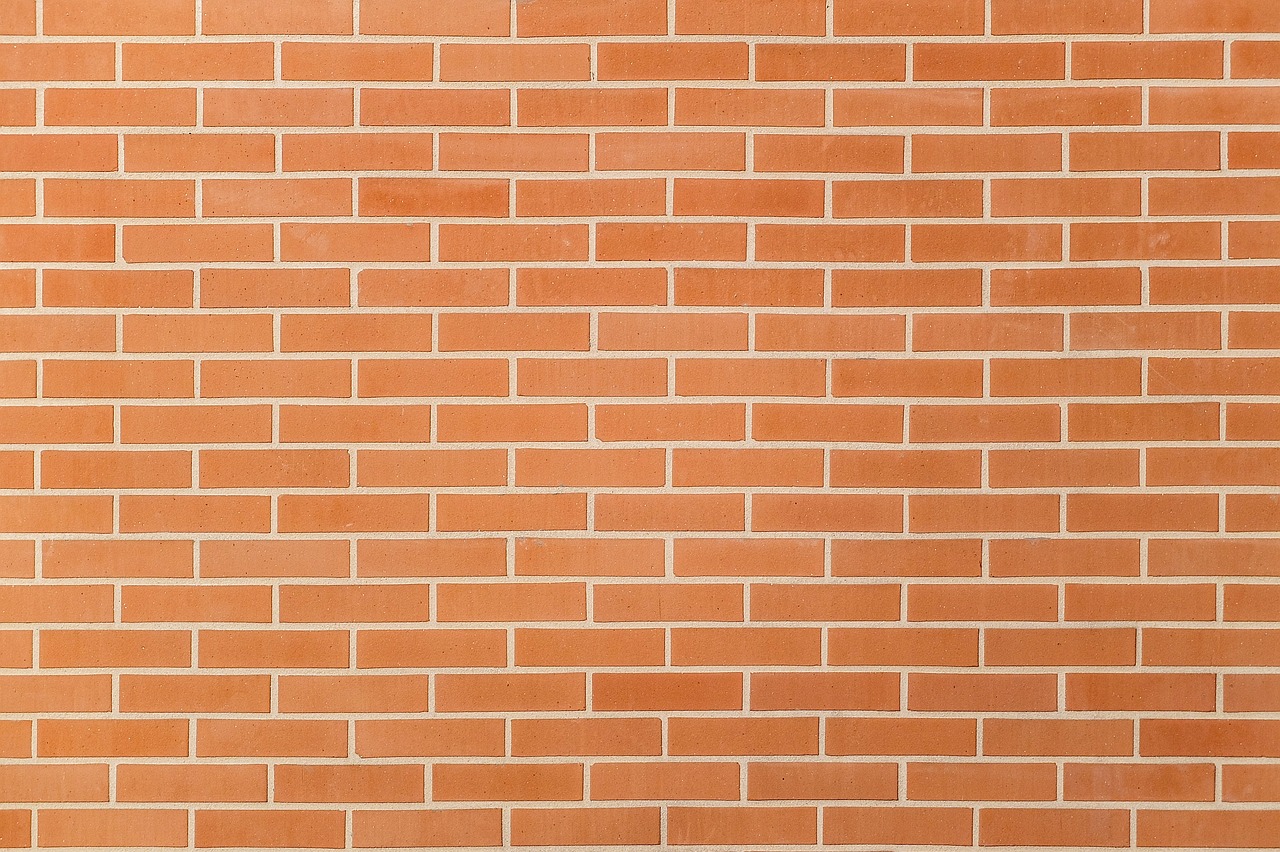
2.2. Cutting and Sewing Techniques
When it comes to quilting, mastering cutting and sewing techniques is essential for achieving a polished and professional-looking quilt. The precision of your cuts and the accuracy of your seams can make all the difference in how your quilt turns out. So, let’s dive into the nitty-gritty of these techniques!
First off, let's talk about the tools you'll need. Having the right tools can transform your quilting experience from frustrating to enjoyable. Here’s a quick rundown of what you should have in your quilting toolkit:
- Rotary Cutter: This tool allows for clean, straight cuts and is a must-have for any quilter.
- Cutting Mat: Protect your surfaces and keep your blades sharp with a good-quality cutting mat.
- Ruler: A clear acrylic ruler helps ensure your cuts are precise.
- Fabric Scissors: For cutting smaller pieces and details, a sharp pair of fabric scissors is ideal.
Now, onto the cutting process. Start by laying your fabric flat on the cutting mat. Use your ruler to measure and mark the desired dimensions with a fabric marker or chalk. Then, using your rotary cutter, slice through the fabric while applying even pressure. Remember to cut away from your body for safety!
Once you have your pieces cut, it’s time to sew them together. Here’s where accuracy is crucial. Align the edges of your fabric pieces carefully, and pin them in place if necessary. When you sew, aim for a seam allowance of ¼ inch, which is standard for quilting. This small detail can significantly affect the overall fit and finish of your quilt.
After sewing your pieces together, press the seams open with an iron. This step is often overlooked but is vital for achieving a flat quilt top. Pressing the seams helps to eliminate bulk and ensures that your quilt lays flat, making it easier to work with in the next stages.
Finally, as you assemble your quilt top, take your time. It’s tempting to rush through the process, especially when you’re excited about your project. However, patience is key here. Double-check your measurements and alignments as you go, and don’t hesitate to make adjustments if something doesn’t look right.
In summary, cutting and sewing might seem like basic skills, but they are foundational to your quilting success. By investing time into perfecting these techniques, you’ll set yourself up for a rewarding and enjoyable quilting journey. Remember, every great quilter started as a beginner, so embrace the learning process!
Here are some common questions that beginner quilters often have:
- What is the best fabric for quilting? Cotton is the most popular choice due to its durability and ease of use.
- How do I choose colors for my quilt? Consider using a color wheel to help you select complementary or analogous colors.
- What is a seam allowance? A seam allowance is the space between the fabric edge and the line of stitching, typically ¼ inch for quilting.
- Can I use a sewing machine for quilting? Absolutely! A sewing machine can speed up the process and provide more consistent results.

3. Simple Star Quilt
The Simple Star Quilt is a delightful project that not only introduces you to basic star shapes but also ignites your creativity. Imagine the joy of crafting a quilt that resembles a sky full of twinkling stars! This pattern is perfect for beginners because it allows for easy piecing while still producing a stunning result. Let’s dive into the steps to create this charming quilt, ensuring you have all the tips needed for accuracy and assembly.
To start, you'll need to gather your materials. A simple star quilt typically requires a few different fabrics: a background fabric, star fabrics, and possibly some border fabric to frame your masterpiece. Choosing fabrics that complement each other can be a game-changer. For instance, consider using a solid color for the background to make the star patterns pop! The contrast will draw the eye and enhance the overall aesthetic of your quilt.
Next, let’s talk about the construction process. The first step is to cut your fabric into squares and triangles. For a standard star block, you might want to use the following sizes:
| Block Size | Square Size | Triangle Size |
|---|---|---|
| 12 inches | 4 inches | 5 inches |
| 10 inches | 3.5 inches | 4.5 inches |
Once your pieces are cut, it’s time to start sewing. Begin by piecing together the triangles to form the star points. It’s essential to maintain a consistent seam allowance—typically, a quarter-inch seam works best for quilting. After sewing the points, you’ll attach them to the square center, creating the star shape. Don’t forget to press your seams as you go; this will help keep your quilt flat and neat.
Now, let’s discuss assembly. Once you have all your star blocks completed, it’s time to lay them out. Play around with the arrangement until you find a layout that you love. Sometimes, a simple shift in position can create a whole new feel for your quilt. After you’ve settled on a design, sew the blocks together row by row, and then join the rows to complete the quilt top.
Finally, add any borders if desired, and prepare to quilt! Whether you choose to hand quilt or machine quilt, this is where your creation truly comes to life. The final step is binding the edges, which gives your quilt a polished look. As you snuggle under your completed Simple Star Quilt, you’ll feel a sense of accomplishment and pride in your handiwork.
In summary, the Simple Star Quilt is not just a project; it’s an experience. It’s about learning, creating, and enjoying the process of quilting. So, gather your materials, follow these steps, and let your creativity shine like the stars in the night sky!
- What fabric is best for a Simple Star Quilt? Cotton fabric is highly recommended for its durability and ease of handling.
- How long does it take to make a Simple Star Quilt? Depending on your skill level and the size of the quilt, it can take anywhere from a few hours to several days.
- Can I customize the star patterns? Absolutely! Feel free to experiment with different sizes and colors for a unique touch.
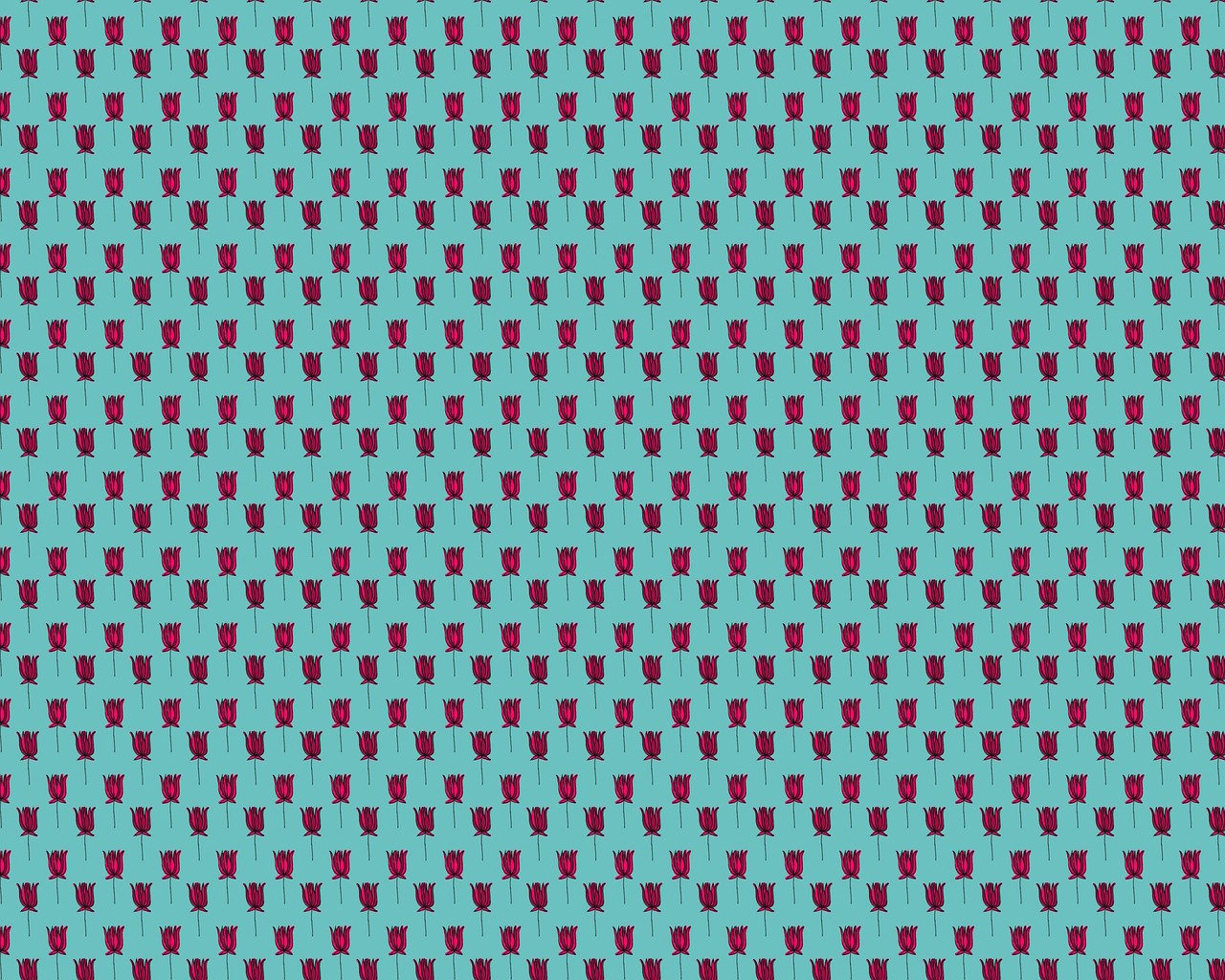
3.1. Star Variations
When it comes to quilting, the simple star quilt is just the beginning of a world filled with dazzling possibilities. Once you’ve mastered the basic star shape, you can explore a variety of star variations that will not only enhance your skills but also add a personal touch to your creations. Each star design brings its own unique flair, making your quilt truly one-of-a-kind.
Consider the traditional Ohio Star, which features a central square surrounded by triangle points. This design is not only visually appealing but also allows you to play with different colors and fabrics, creating a stunning contrast that will catch the eye. Another favorite is the Evening Star, known for its intricate design that consists of multiple triangles coming together to form a larger star. This variation can be a bit more challenging, but the result is absolutely worth the effort.
For those looking for something more modern, the Shining Star pattern is a fantastic option. It combines both sharp angles and soft curves, giving it a contemporary feel. It’s perfect for using up scraps of fabric, as you can mix and match different patterns and colors to create a vibrant masterpiece. Don't forget the Star of Bethlehem, which adds a historical touch to your quilt. This design features a series of stars within stars, creating depth and complexity that will impress anyone who sees it.
As you explore these star variations, keep in mind that the beauty of quilting lies in its versatility. You can choose to stick with traditional colors or venture into the realm of bold, modern palettes. Here’s a quick overview of some popular star variations:
| Star Variation | Description |
|---|---|
| Ohio Star | A classic design featuring a central square with triangle points. |
| Evening Star | Intricate design made up of multiple triangles forming a larger star. |
| Shining Star | Modern pattern combining sharp angles and soft curves. |
| Star of Bethlehem | Complex design featuring stars within stars for added depth. |
Experimenting with these variations not only helps you grow as a quilter but also adds layers of meaning to your work. Each star can symbolize different things—hope, guidance, or even celebration. So, as you stitch together your quilt, think about what each star represents to you. Are you creating a quilt for a special occasion, or perhaps as a gift for a loved one? Let the stars tell your story!
In conclusion, the journey of exploring star variations is as exciting as the finished product itself. Don’t shy away from trying new designs and techniques. Each quilt you create will be a reflection of your creativity and passion, making it a cherished piece for years to come.
Q: What is the easiest star pattern for beginners?
A: The Ohio Star is often considered one of the easiest patterns for beginners, as it involves simple shapes and straightforward sewing techniques.
Q: How can I choose the right colors for my star quilt?
A: Consider using a color wheel to find complementary colors. Additionally, mixing light and dark fabrics can create a striking contrast that enhances the star design.
Q: Can I use different fabric types for my star quilt?
A: Yes! While cotton is the most common fabric for quilting, you can experiment with flannel or even lightweight fabrics for a unique texture.
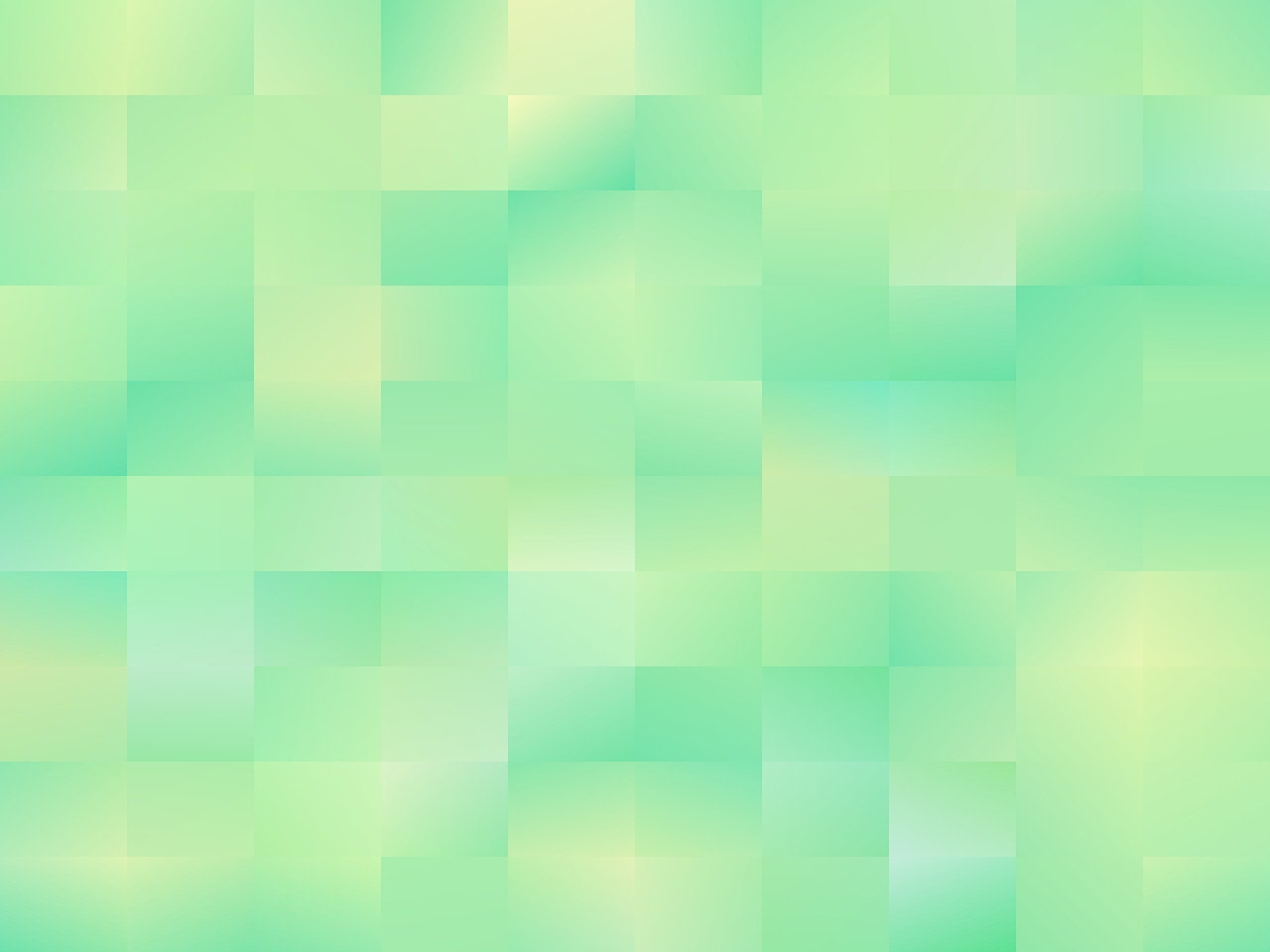
3.2. Assembly Tips
As you embark on your quilting journey, the assembly process can feel like piecing together a puzzle where every piece needs to fit just right. To ensure your simple star quilt comes together beautifully, it’s essential to follow some practical tips that streamline your workflow and enhance the overall finish of your project.
First and foremost, organization is key. Before you start sewing, lay out all your star pieces on a flat surface. This allows you to visualize the final product and make any necessary adjustments before committing to the sewing machine. Think of it as setting the stage for a performance; you want everything in its place before the curtain rises!
Next, consider the order of assembly. Start by sewing the smaller units of your stars together. This could involve stitching together triangles or squares, depending on your chosen design. Once you have these smaller pieces, it's time to assemble them into the larger star blocks. Here’s a quick step-by-step breakdown:
- Begin by pairing up your star pieces.
- Sew the pairs together, pressing the seams open as you go.
- Once you have your units, sew them together to form the complete star block.
Keep in mind that pressing your seams is just as important as sewing them. Proper pressing ensures that your quilt lays flat and that the seams don’t pucker, which can detract from the beauty of your quilt. Use a hot iron and press the seams in the direction that will help the pieces nest together, leading to a cleaner finish.
Moreover, don’t underestimate the power of accurate seam allowances. A consistent ¼ inch seam is crucial for achieving the right fit among your pieces. If you find yourself struggling to maintain this, consider investing in a seam guide or using tape on your machine to mark the correct distance. It’s like having a friendly reminder right there as you sew!
Lastly, take your time during the assembly process. Rushing can lead to mistakes, and mistakes can lead to frustration. Remember, quilting is not just about the end product; it’s about enjoying the journey and the creativity involved. Think of it as a leisurely stroll through a beautiful park rather than a sprint to the finish line.
By following these assembly tips, you’ll not only create a stunning simple star quilt but also gain confidence in your quilting skills. So grab your fabric, set up your sewing machine, and let the magic unfold!
As you dive into the world of quilting, you may have some questions. Here are a few common ones that beginners often ask:
- What type of fabric is best for beginners? Cotton is highly recommended due to its ease of use and availability.
- How do I maintain my sewing machine? Regular cleaning and oiling, along with using the correct needle for your fabric, can help keep your machine in top shape.
- Can I use a rotary cutter instead of scissors? Absolutely! A rotary cutter can provide more precision and speed, especially for cutting multiple layers of fabric.
With these tips and answers to your questions, you're well on your way to creating beautiful quilts that you can cherish for years to come!
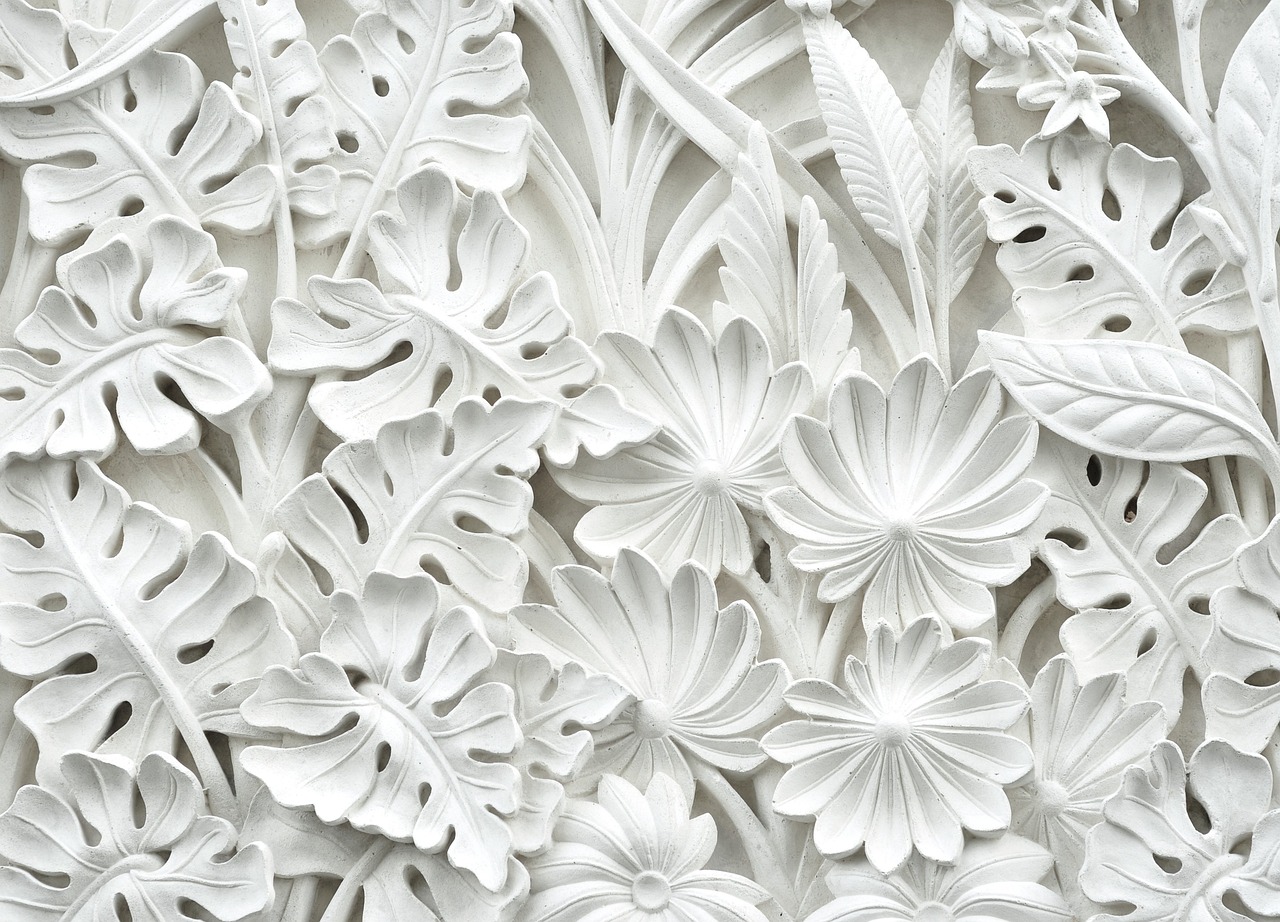
4. Nine Patch Quilt
The Nine Patch Quilt is a timeless classic that serves as a fantastic introduction to the world of quilting. It’s not just a pattern; it’s a gateway to creativity and self-expression. With its simple grid layout consisting of nine squares, this quilt allows beginners to practice essential skills while producing a stunning piece of art. Imagine the satisfaction of seeing your first quilt come together, each square telling a story through color and fabric choice!
To create a Nine Patch Quilt, you’ll start by cutting your fabric into squares. Typically, you'll want to use a combination of three different fabrics to create visual interest. The layout consists of a 3x3 grid, where the center square is surrounded by the other eight squares. This pattern can be customized endlessly by varying the colors and fabrics, making it a versatile project.
When selecting fabrics, consider how the colors will interact with one another. A great way to achieve a balanced look is by using a color palette that includes a mix of light, medium, and dark tones. For example, you might choose a bright floral print for the center, accompanied by two contrasting solid colors for the outer squares. This not only enhances the overall aesthetic but also helps in understanding the concept of contrast in quilting.
Here’s a quick overview of the steps involved in creating your Nine Patch Quilt:
- Cutting Fabric: Start by cutting your fabric into 3.5-inch squares. You’ll need a total of 81 squares to complete the quilt top.
- Arranging Squares: Lay out your squares in a 3x3 grid. Play around with the arrangement until you find a layout that feels just right.
- Sewing: Begin sewing the squares together in rows, then join the rows to complete the quilt top.
- Layering: Once the top is complete, layer it with batting and backing fabric.
- Quilting: Quilt through all three layers to hold them together. You can choose to do this by hand or with a sewing machine.
As you embark on this quilting adventure, remember that the Nine Patch Quilt is not just about the end product; it’s about the journey. Each stitch you make is a step towards mastering your craft. Plus, once you've completed your first Nine Patch, you'll be inspired to try out different variations, like adding borders or experimenting with different sizes of squares.
In conclusion, the Nine Patch Quilt is a wonderful project for beginners. It allows you to hone your skills while encouraging creativity. So grab your fabric, cut those squares, and let your imagination run wild! You’ll be amazed at what you can create with just nine patches.
Q: How long does it take to make a Nine Patch Quilt?
A: The time it takes to complete a Nine Patch Quilt can vary greatly depending on your skill level and the complexity of your design. Typically, a beginner can expect to spend a few hours cutting and sewing, with additional time for quilting and finishing.
Q: What kind of fabric should I use for my Nine Patch Quilt?
A: Cotton fabric is the most commonly used material for quilting due to its durability and ease of handling. However, you can also experiment with flannel or other quilting fabrics to achieve different textures and looks.
Q: Can I use this pattern for larger quilts?
A: Absolutely! The Nine Patch pattern can be scaled up or down depending on your needs. You can create a larger quilt by simply increasing the number of squares and adjusting the layout accordingly.
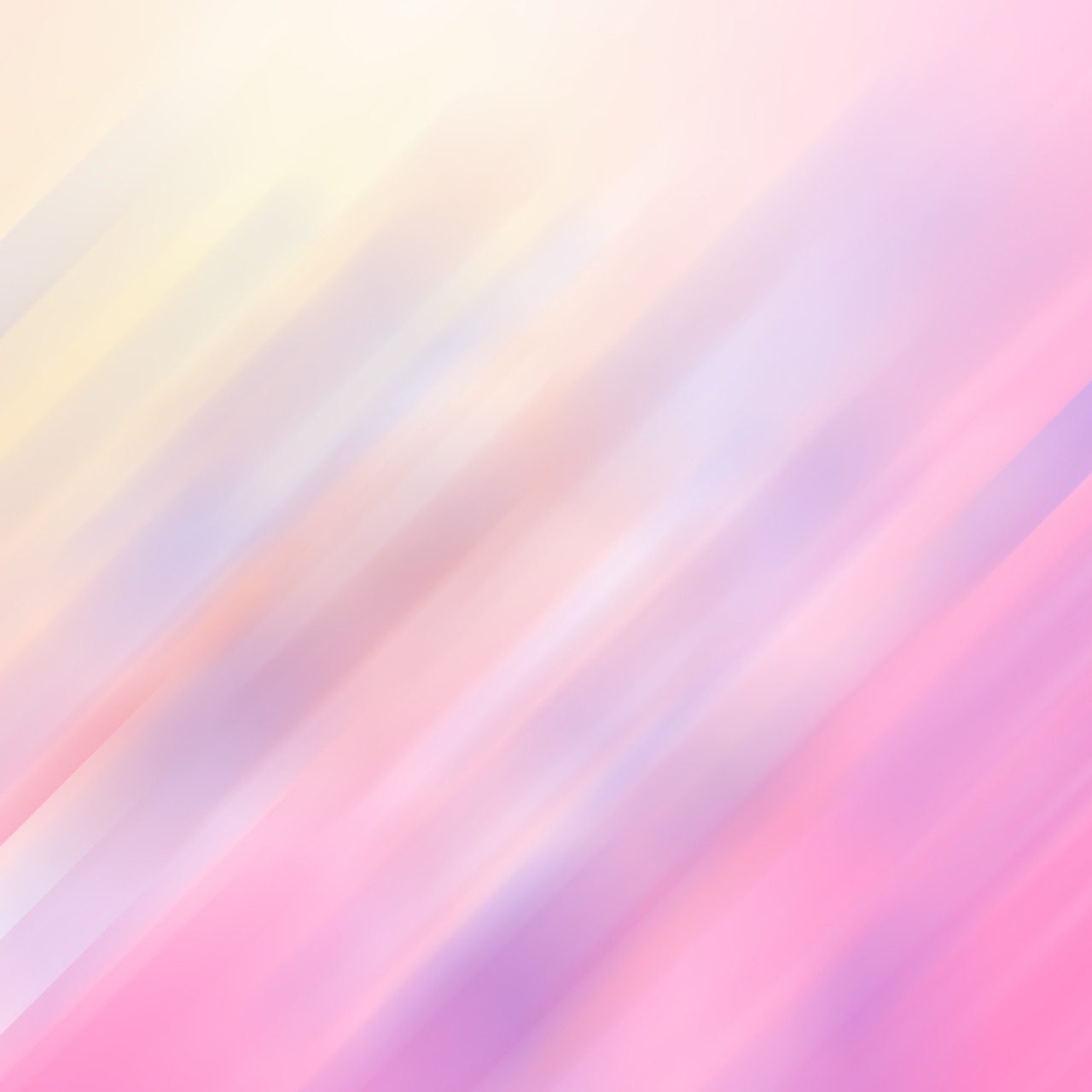
5. Log Cabin Quilt
The Log Cabin Quilt is a beloved classic in the quilting community, renowned for its versatility and charm. Imagine a cozy cabin nestled in the woods, with its warm wooden logs stacked neatly, creating a safe haven. That’s the essence of the Log Cabin pattern—simple yet inviting, it allows quilters to express their creativity while honing their skills. For beginners, this quilt serves as an excellent introduction to quilting techniques, as it involves straightforward piecing and offers a variety of design options.
At its core, the Log Cabin quilt consists of a central square, often referred to as the "heart" of the cabin, surrounded by strips of fabric that represent the logs. The beauty of this design lies in its ability to create stunning visual effects through the clever arrangement of colors and fabrics. You can opt for a traditional layout with dark and light fabrics or explore more modern interpretations, where vibrant colors dance together in a harmonious quilt.
To get started, you’ll need to gather your materials. Here’s a quick overview of what you’ll need:
- Fabric: Choose a mix of light and dark fabrics. Cotton is the most popular choice due to its durability and ease of use.
- Rotary Cutter: A sharp rotary cutter will help you achieve clean, precise cuts.
- Cutting Mat: A self-healing cutting mat protects your surfaces and provides a grid for accurate measurements.
- Quilting Ruler: A clear quilting ruler will assist in measuring and cutting your fabric accurately.
- Thread: Use high-quality thread that matches or contrasts with your fabric choices.
Once you’ve gathered your materials, the next step is to cut your fabric into strips. Typically, you’ll want strips that are 1.5 to 2 inches wide, but feel free to adjust based on your design preferences. The cutting process is crucial, as precise measurements lead to a more polished final product. After cutting, you can start assembling your Log Cabin blocks. Begin with your central square and sew the first strip of fabric to one side. Press the seam open, and then continue adding strips around the square, alternating sides as you go.
As you sew, keep in mind the importance of pressing your seams. Pressing helps to flatten the fabric and ensures that your blocks maintain their shape. A well-pressed seam will make a significant difference in the overall appearance of your quilt. Once you’ve completed your blocks, it’s time to arrange them into a quilt top. Play around with the layout until you find a combination that speaks to you. This is where the magic happens—seeing all your hard work come together!
Lastly, don’t forget to consider the quilting and binding process. Quilting can be done by hand or machine, and it adds texture and depth to your quilt. Binding is the final touch that frames your quilt beautifully, giving it a finished look. Whether you choose to go with a simple straight binding or something more intricate, it’s the cherry on top of your Log Cabin masterpiece.
In summary, the Log Cabin quilt is not just a project; it’s a journey into the world of quilting. With its easy-to-follow structure and endless possibilities for creativity, it’s no wonder this design remains a favorite among quilters of all skill levels. So gather your materials, embrace your creativity, and get ready to create a quilt that will warm your heart and home!
Q: How long does it take to complete a Log Cabin quilt?
A: The time it takes to complete a Log Cabin quilt varies depending on your skill level and the size of the quilt. A simple lap quilt may take a few days to a week, while larger quilts could take several weeks.
Q: Can I use different fabric types for my Log Cabin quilt?
A: While cotton is the most common fabric used, you can experiment with other types like flannel or batik. Just be mindful of how different fabrics behave when sewn together.
Q: What is the best way to quilt my Log Cabin quilt?
A: You can choose to quilt by hand or machine. If you're a beginner, machine quilting may be easier and quicker, while hand quilting offers a traditional touch.
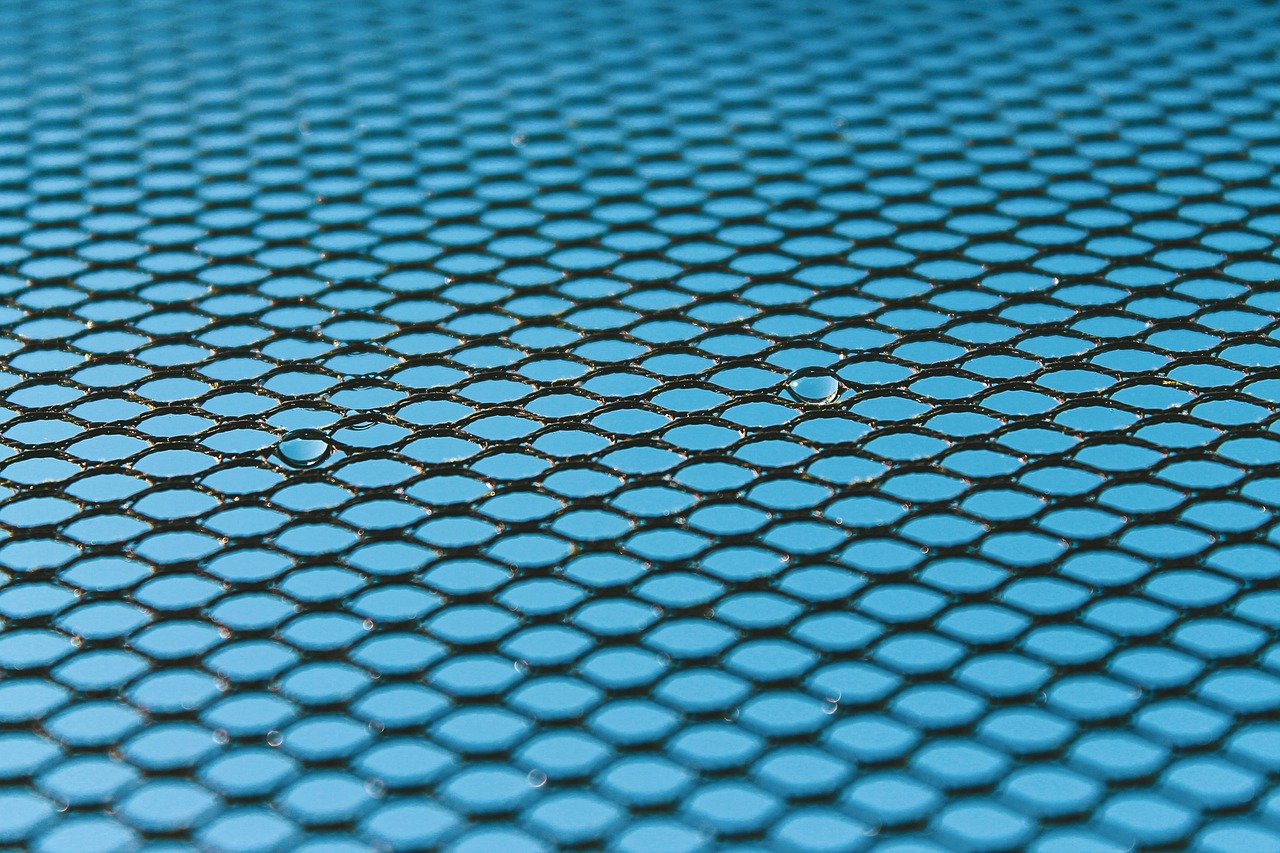
6. Flying Geese Quilt
The Flying Geese Quilt is a fantastic project for beginners looking to enhance their skills while creating a visually stunning design. This pattern features a series of triangular shapes that resemble flying geese in formation, hence the name. It’s not just a quilt; it’s a journey through geometry and creativity! Imagine the joy of watching those little triangles come together to form a beautiful quilt that you can proudly display or gift to someone special.
To get started, you’ll need to familiarize yourself with the basic techniques involved in triangle piecing. The beauty of the Flying Geese pattern lies in its simplicity and versatility. You can play around with colors and fabrics to create a quilt that reflects your personality. Whether you choose bold, vibrant colors or soft pastels, the end result will be stunning. Plus, this pattern allows for a lot of creativity—mix and match fabrics to create unique designs!
Here's a quick overview of the materials you'll need:
- Fabric: Choose a selection of fabrics for the geese and the background. Cotton works best for quilting.
- Rotary Cutter and Mat: For precise cutting of your fabric pieces.
- Quilting Ruler: Essential for measuring and ensuring accuracy.
- Sewing Machine: A reliable machine will make the sewing process smoother.
Once you have your materials ready, the next step is cutting your fabric. The Flying Geese pattern typically involves cutting rectangles and triangles. For a standard unit, you’ll need to cut a rectangle that’s twice the height of your finished geese, plus additional triangles from contrasting fabric. The cutting process can seem daunting, but with careful measurements and a steady hand, you’ll be well on your way!
After cutting, it’s time to sew! Start by sewing the triangles onto the rectangle, creating the iconic "goose" shape. This is where precision is key; ensuring your seams are straight and your points meet will make a huge difference in the overall look of your quilt. Don’t be afraid to use a seam ripper if things don’t go as planned—every quilter has been there!
As you continue to sew, you’ll notice how the design begins to take shape. It’s like watching a puzzle come together, piece by piece. Once you’ve created several Flying Geese units, you can arrange them in various layouts. A common layout is to place the geese flying in one direction, creating a dynamic flow across the quilt.
Finally, once all your pieces are sewn together and you’ve created your quilt top, it’s time to add the batting and backing. This is where your quilt transforms from a patchwork of fabric into a cozy, functional piece of art. Don't forget to quilt it all together; whether you choose to hand quilt or machine quilt, this step adds texture and durability.
In conclusion, the Flying Geese Quilt is not just a project; it’s an adventure in creativity and skill-building. As you stitch together those little triangles, you’ll find joy in the process and pride in the finished product. So grab your fabric, and let those geese take flight!
Q: What skill level is required for the Flying Geese Quilt?
A: This quilt is perfect for beginners who have a basic understanding of sewing. The techniques used can be mastered with a bit of practice.
Q: Can I use different types of fabric for this quilt?
A: Yes! While cotton is the most common choice, you can experiment with flannel or other quilting fabrics for different textures and effects.
Q: How long does it take to complete a Flying Geese Quilt?
A: The time it takes can vary based on your skill level and the size of the quilt. Generally, you can expect to spend a few days to a couple of weeks on this project.
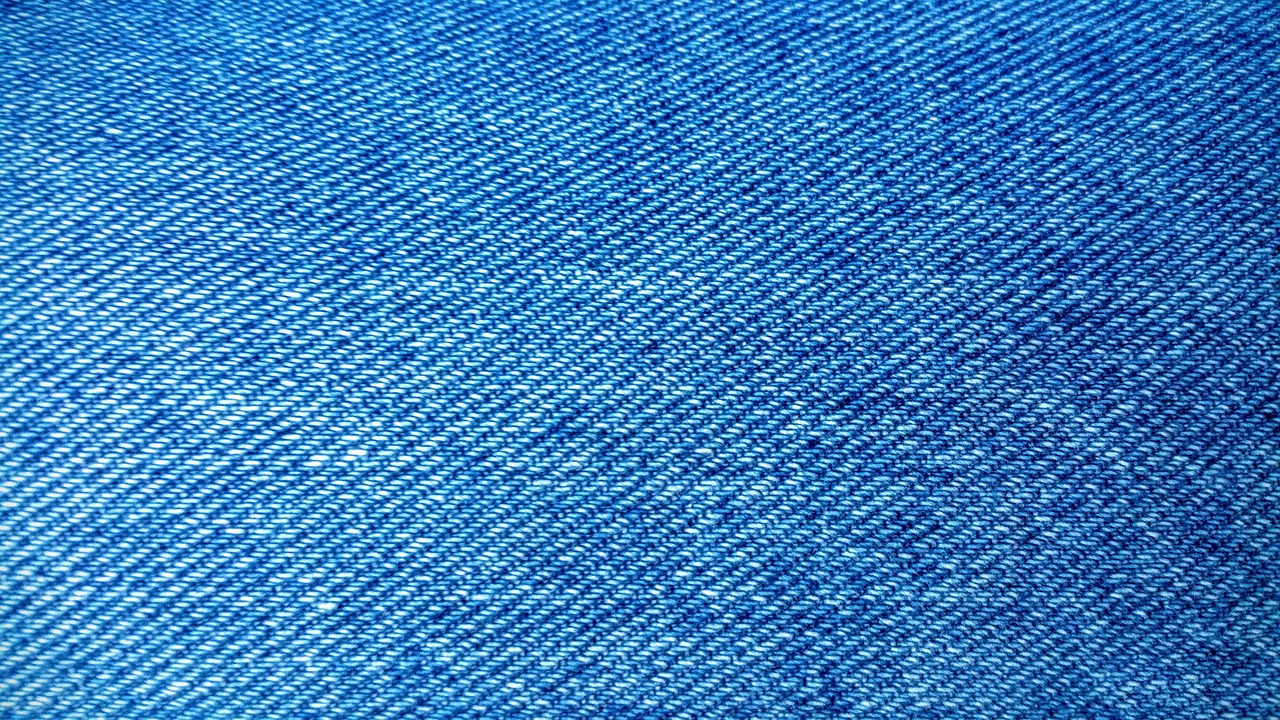
7. Disappearing Nine Patch Quilt
The Disappearing Nine Patch Quilt is a delightful twist on a classic quilting design that adds an element of surprise and creativity to your projects. This pattern starts with a simple nine patch layout, but once you cut and rearrange the blocks, it transforms into a stunning and intricate design that will leave you and your friends in awe. It's like watching a magician pull a rabbit out of a hat—what starts as a basic pattern becomes something extraordinary!
To create this quilt, you’ll first need to sew together nine squares of fabric to form a larger square. The fun begins when you cut this square into smaller sections and rearrange them. The beauty of the Disappearing Nine Patch lies in its versatility; you can play around with different fabric combinations to achieve a look that’s uniquely yours. Whether you choose vibrant colors or soft pastels, the outcome will always be eye-catching.
Here’s a quick breakdown of the steps involved:
- Choose Your Fabrics: Select three different fabrics that complement each other. You can use a mix of prints and solids for added interest.
- Sew the Nine Patch: Arrange your squares in a 3x3 grid and sew them together, row by row.
- Cut the Block: Once your nine patch is complete, cut it into four equal squares.
- Rearrange and Sew: Rotate the squares and sew them back together to create your new design.
As you embark on your quilting adventure with the Disappearing Nine Patch, keep in mind that the arrangement of your blocks can drastically change the overall look of your quilt. Experiment with different layouts before committing to the final design. This is where your creativity truly shines! You might even discover new patterns that you hadn’t considered before.
One of the great things about this pattern is that it’s perfect for using up fabric scraps. If you have a stash of leftover fabric from previous projects, this is a fantastic way to give them new life. Plus, the final quilt can be as large or as small as you desire, making it a flexible option for any quilter.
In summary, the Disappearing Nine Patch Quilt is not only a fun and engaging project but also a wonderful way to practice your quilting skills. With just a few simple steps, you can create a beautiful quilt that is sure to impress. So gather your fabrics, and let your imagination run wild!
Q: What skill level is required for the Disappearing Nine Patch Quilt?
A: This pattern is beginner-friendly, making it an excellent choice for those new to quilting.
Q: Can I use different sizes of squares for the nine patch?
A: Yes! While traditional nine patches use 5-inch squares, you can experiment with different sizes to create unique effects.
Q: How do I choose fabrics that work well together?
A: Consider using a color wheel to find complementary colors or choose fabrics from the same collection for a cohesive look.
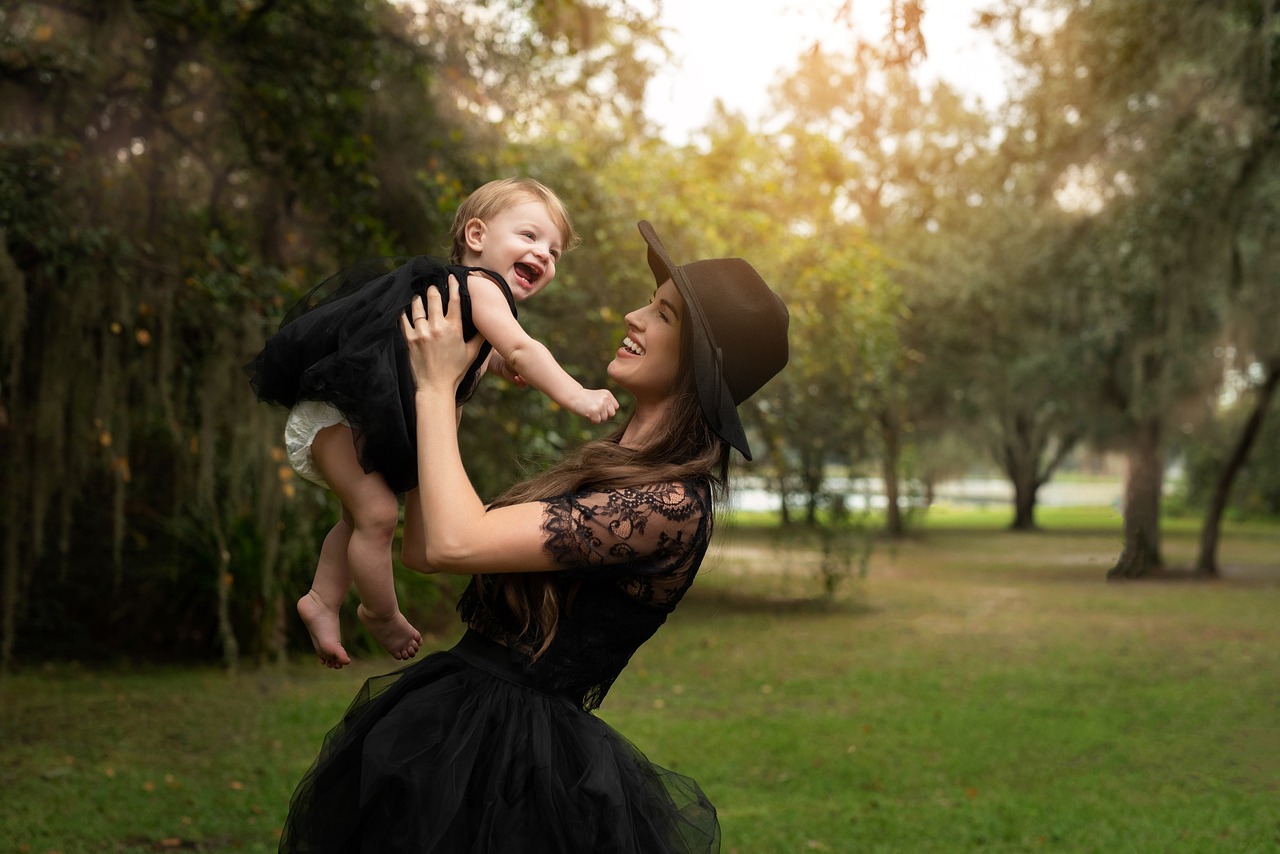
8. Baby Quilt Patterns
Creating baby quilts is an incredibly rewarding project for beginners and seasoned quilters alike. Not only do they provide warmth and comfort for little ones, but they also make for heartfelt gifts that can be cherished for years to come. When embarking on your baby quilt journey, you'll find that the patterns can be simple yet delightful, allowing you to experiment with colors and fabrics that appeal to both parents and babies.
One of the best aspects of making baby quilts is the opportunity to choose adorable fabrics. Think about soft pastels, playful prints, and soothing textures that will create a cozy atmosphere for a nursery. Popular themes include animals, stars, and floral designs. You might even consider using fabric that features the baby's name or initials for a personal touch!
When it comes to patterns, simplicity is often key. Here are a few popular patterns that are perfect for beginners:
- Simple Squares: This classic design involves sewing together squares of fabric, making it easy to mix and match colors and patterns.
- Heart Quilt: A charming heart pattern can be a lovely way to show love and affection, perfect for a new baby.
- Patchwork Animals: Incorporating animal shapes into your quilt can add a playful element that babies will adore.
As you create your baby quilt, consider the size as well. A typical baby quilt measures around 36x36 inches, making it just right for cribs and playtime. However, you can always adjust the dimensions to suit your needs. It's also important to choose batting that is soft and safe for babies, such as cotton or polyester blends, ensuring that the quilt is not only beautiful but also comfortable.
Don't forget to pay attention to the quilting technique you choose. Simple straight-line quilting can be a great way to start, allowing you to practice your sewing skills without getting overwhelmed. As you gain confidence, you might want to explore more intricate quilting designs, such as stippling or echo quilting, to add texture and depth to your baby quilt.
Lastly, always remember to wash your fabric before starting your project. This not only helps to remove any chemicals from the manufacturing process but also pre-shrinks the fabric, ensuring that your quilt maintains its shape after washing. With a little preparation and creativity, you'll be well on your way to creating a beautiful baby quilt that will be treasured by both parents and their little ones.
As you dive into the world of baby quilting, you might have some questions. Here are a few common inquiries that many beginner quilters have:
- What type of fabric is best for baby quilts? Cotton is the most popular choice due to its softness and breathability. Look for high-quality cotton fabric that is safe for babies.
- How do I choose a pattern? Start with simple patterns that allow you to practice your skills. As you become more comfortable, you can experiment with more complex designs.
- What is the best batting for baby quilts? Cotton or polyester blends are ideal, as they provide warmth without being too heavy.
With these tips and patterns in mind, you're ready to start your baby quilt project. Enjoy the process and let your creativity shine!
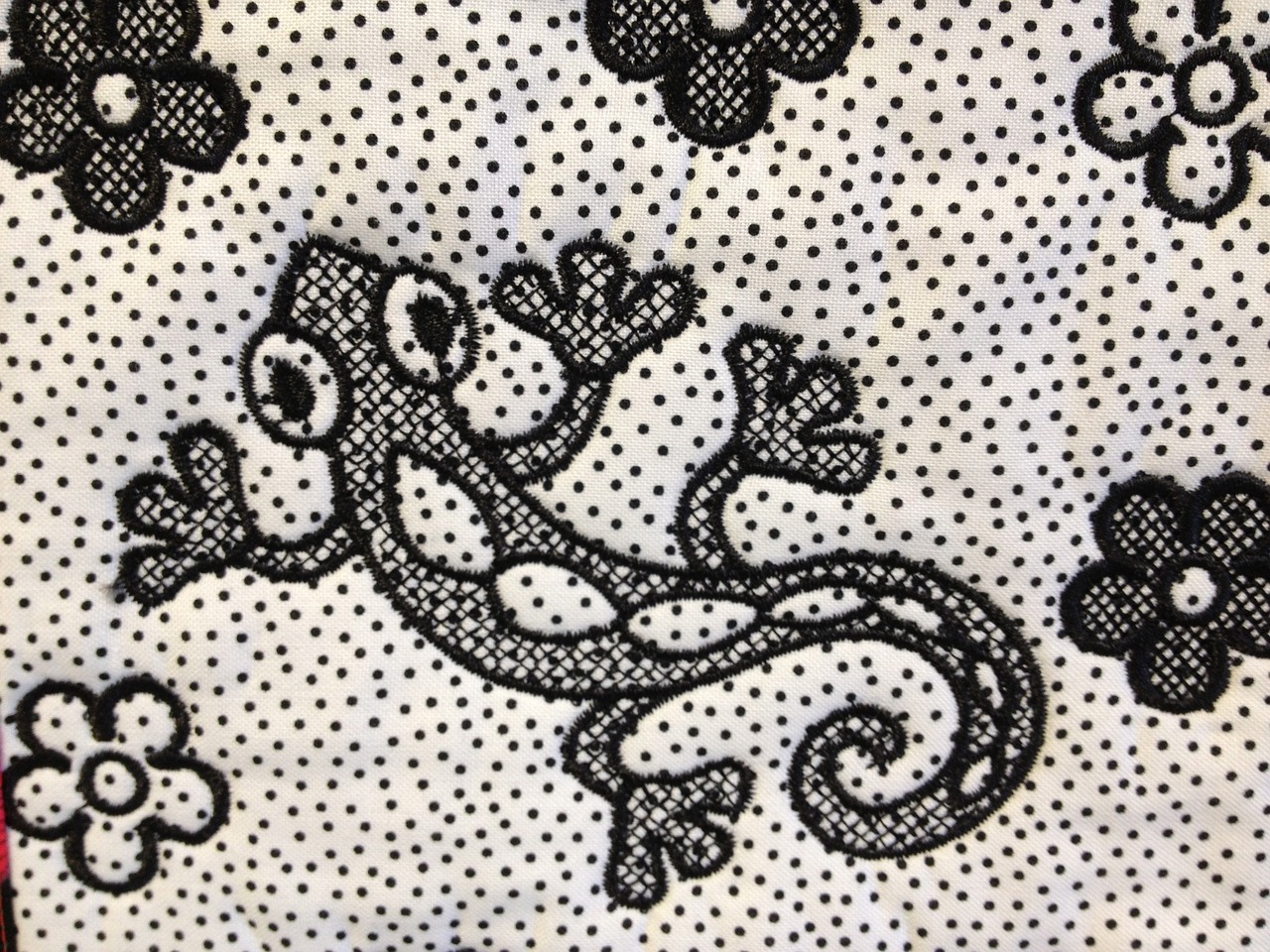
9. Seasonal Quilts
Seasonal quilts are a wonderful way to bring a touch of festivity into your home throughout the year. Whether it’s the warmth of autumn leaves, the chill of winter snowflakes, the freshness of spring blooms, or the brightness of summer sunshine, these quilts can reflect the beauty of each season. If you’re a beginner quilter, don’t worry! Creating seasonal quilts can be both simple and enjoyable, allowing you to explore various patterns and colors that resonate with the time of year.
One of the best parts about seasonal quilting is the opportunity to use different fabrics and designs that evoke the essence of each season. For example, in the fall, you might gravitate towards rich oranges, deep reds, and browns, while spring could inspire you to choose light pastels and floral prints. This flexibility not only makes your quilting experience more fun but also lets your creativity shine through!
When it comes to choosing patterns for your seasonal quilts, here are a few popular ideas that are easy for beginners:
- Autumn Leaves Quilt: Capture the beauty of fall with leaf patterns and warm colors.
- Winter Wonderland Quilt: Use cool blues and whites to create a snowy scene with snowflakes.
- Spring Garden Quilt: Bright florals and greens can bring the essence of spring to life.
- Summer Sun Quilt: Bold yellows and vibrant colors can reflect the joy of summer days.
To enhance your seasonal quilting projects, consider incorporating different quilting techniques. For instance, you can use appliqué to add shapes and designs that reflect the season, or try patchwork to create a more traditional look. The beauty of seasonal quilts lies in their versatility; you can be as creative as you want!
As you embark on your seasonal quilting journey, remember that the most important aspect is to enjoy the process. Quilting can be therapeutic, allowing you to express yourself while creating something beautiful. Plus, these quilts make fantastic gifts for friends and family, spreading joy and warmth during the different times of the year.
So, gather your fabrics, choose a pattern that inspires you, and let your imagination run wild. Seasonal quilts are not just projects; they are a celebration of life’s changing moments!
Q: What fabrics are best for seasonal quilts?
A: The best fabrics depend on the season you’re representing. For autumn, think about using cottons with earthy tones; for winter, consider flannels or cottons in cool colors; spring might call for lighter cottons with floral designs, and summer can feature bright, bold prints.
Q: How do I choose a pattern for my seasonal quilt?
A: Start by thinking about the season you want to represent. Look for patterns that resonate with the colors and themes of that season. Simple patterns like patchwork or appliqué are great for beginners!
Q: Can I use the same quilt pattern for different seasons?
A: Absolutely! You can change the fabric choices to suit different seasons while using the same pattern. This approach allows you to create a cohesive look for your home throughout the year.
Frequently Asked Questions
- What is the best quilting pattern for beginners?
The patchwork quilt is often recommended as the best starting point for beginners. Its simple design allows you to practice basic sewing techniques while experimenting with different fabrics and colors.
- How do I choose fabrics for my quilt?
When selecting fabrics, consider color theory basics, such as complementary and analogous colors. It's also essential to choose fabric types that suit your project, with cotton being a popular choice for its durability and ease of use.
- What tools do I need to start quilting?
Essential tools include a rotary cutter, cutting mat, quilting ruler, sewing machine, and thread. Additionally, having pins, fabric scissors, and an iron will help ensure your quilting journey is smooth and enjoyable.
- How can I improve my quilting skills?
Practice is key! Start with simple patterns and gradually challenge yourself with more complex designs. Joining a quilting group or taking classes can also provide valuable tips and support from experienced quilters.
- Can I use old clothes for quilting?
Absolutely! Upcycling old clothes into quilts is a fantastic way to give new life to fabric while creating a unique piece. Just ensure the fabric is clean and in good condition before cutting it up.
- What are some common mistakes to avoid when quilting?
Some common mistakes include not measuring accurately, using the wrong seam allowance, and rushing through the cutting process. Take your time and double-check your work to avoid these pitfalls.
- How long does it take to complete a quilt?
The time it takes to complete a quilt can vary widely based on the pattern's complexity, your skill level, and how much time you dedicate to it. A simple quilt might take a few days, while more intricate designs could take weeks or even months.
- What is a baby quilt, and how is it different from other quilts?
A baby quilt is typically smaller in size and often features softer fabrics and playful designs suitable for infants. They make great gifts for new parents and can be cherished keepsakes as the child grows.
- Can I make seasonal quilts?
Yes! Seasonal quilts are a fun way to celebrate different holidays and times of the year. You can easily adapt simple patterns to incorporate seasonal colors and themes, making them perfect for any occasion.



















